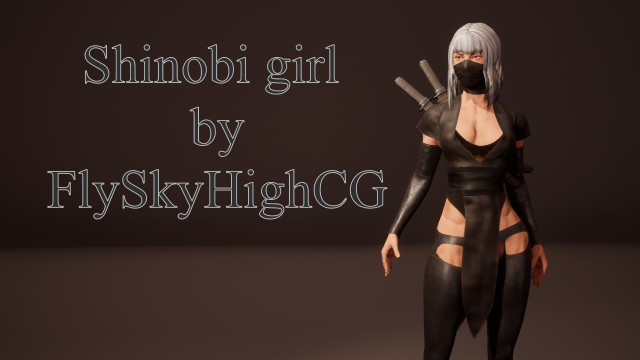

In order to see the texture we will have to change the Viewport Shading.Ĭlick on the button with a sphere icon next to the Object Mode drop down menu. By default Blender displays models in a flat color (gray).

Now you might be wondering why it’s gray. Once you click the button you should immediately see your model inside of the main window in Blender. When you select your OBJ file click Import OBJ. Go ahead and select the OBJ file that was exported from MagicaVoxel. Navigate to where your folder with your model is located. To import it, go into File > Import > Wavefront (obj).Īfter you click that a file window should open. If you see a cube in the center go ahead and delete it that way you have an empty scene to import your model into. If you exported your model into a folder like we did earlier this will super easy. Now that you have your exported your voxel model out of MagicaVoxel, you are ready to import your model into Blender. For the name I just used “MyVoxelModel.obj”. A save dialogue will appear where you can enter the name of the model. So after you create your folder click the OBJ button in the export window. In the image below I created a folder called “My Voxel Model”. By having a single folder we can easily access them when working inside of Blender. These 3 files include your model (.obj), your material (.mat) and your texture (.png). The purpose of this is because MagicaVoxel will create 3 separate files that actually make up your model that you will be importing into Blender. A good practice to get used to is to first create a folder on your computer where you can save your exported voxel model into.
#Magicavoxel import tga series#
When it opens, you will be able to see a series of buttons with different abbreviations. To open it simply click on the word Export. Now its very common that when you open MagicaVoxel for the first time, the window might be collapsed so that you only see the word Export. When opened look towards the bottom right section of the editor window where it says Export. For this tutorial we used the “castle” demo file that ships with MagicaVoxel. To see the export options inside of the MagicaVoxel editor, begin by opening a voxel model you already made or create a new voxel model. So to kick off our tutorial we will show you how export your voxel model using OBJ file format. As of this writing MagicaVoxel only supports one of the three mentioned, which is the OBJ model type. Blender supports a wide array of common model types such as Autodesk FBX, Collada DAE and Wavefront OBJ.

Now before you can get your voxel model out of the MagicaVoxel editor and load it into Blender, you must first understand what types of model files the Blender application supports. Check out this video showing Magica editing + the quality of the built-in renderer.How to Export your Voxel Model out of MagicaVoxel Especially voxel art that is carefully rendered and lit as the built in renderer in Magicavoxel is. However, modern GPUs have such high pixel-fill rates, that the extra faces doesn’t matter that much.Īnd voxel art is so cool! It’s like a high-tech reimagination of 80s computer game art. Instead of a 45′ roof, you have to use hundreds of little axis-aligned faces. I initially was slightly against highly detailed voxel art because it is so inefficient in terms of polygons. However, as I’ve got more and more into the voxel field, I’ve discovered some great communities on reddit and discord, where people are building truly beautiful voxel art. vox files back into Cryptovoxels - but that should be coming very soon.Ĭryptovoxels started using voxels, as it was an easy way to let people build their parcels in world - and the voxels align well with the Cryptovoxels ethereum contract, which specifies a bounding box over which parcel-owners have ownership. “The Cage” (64 Addy Gardens) loaded into Magicavoxel


 0 kommentar(er)
0 kommentar(er)
